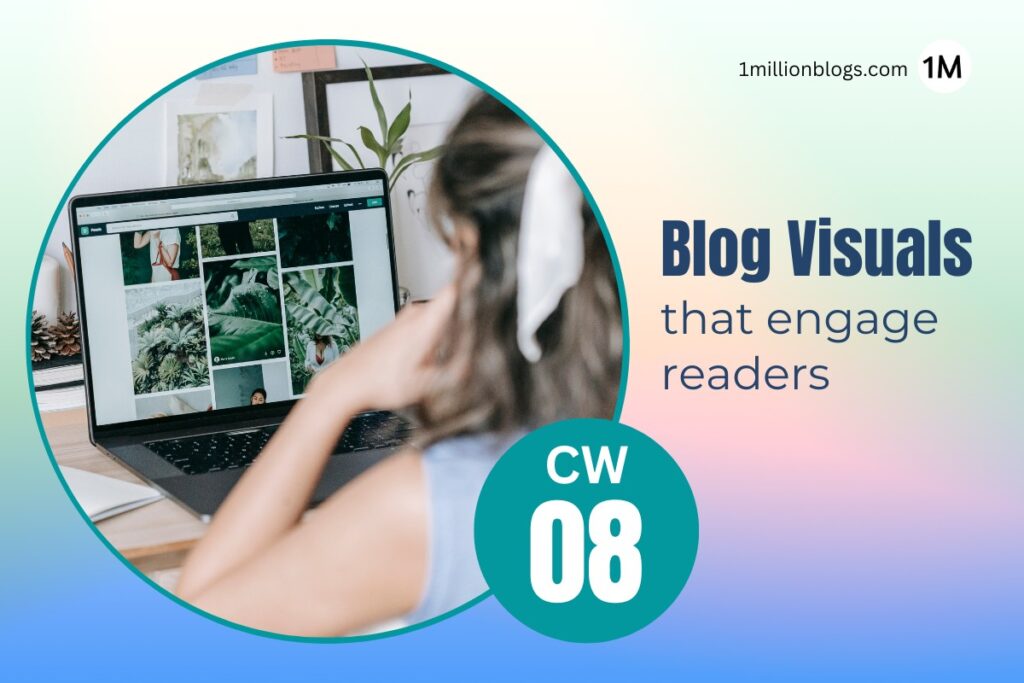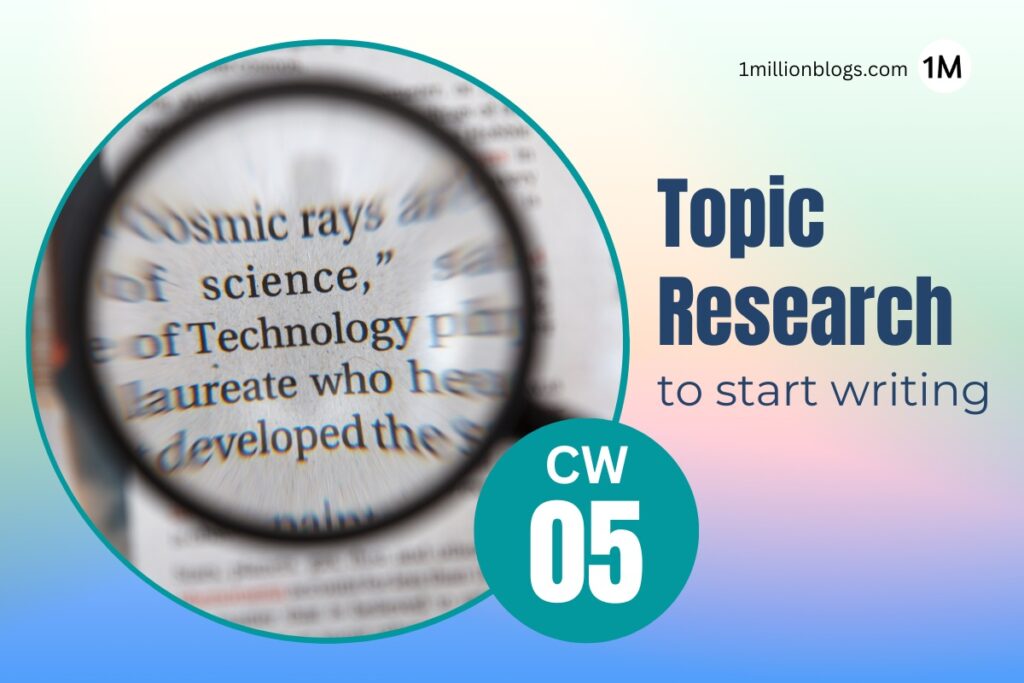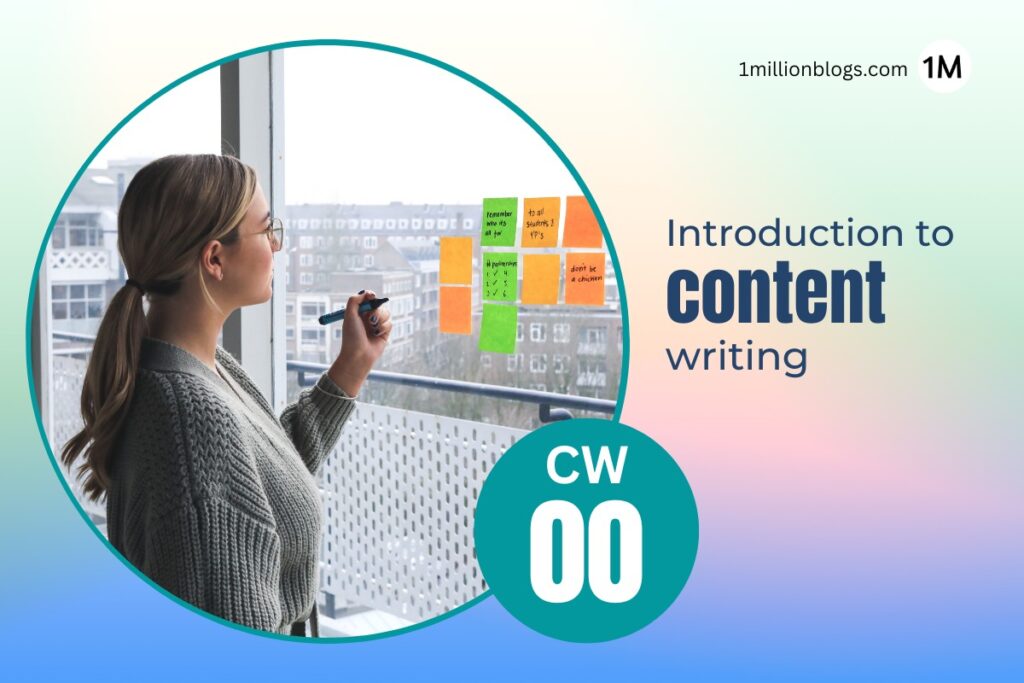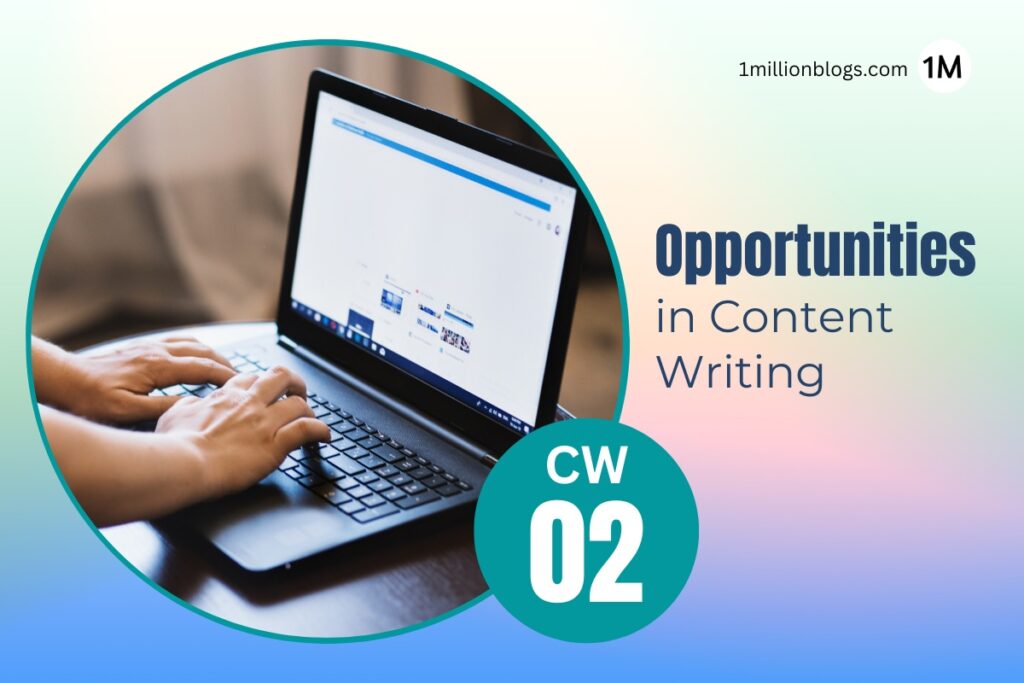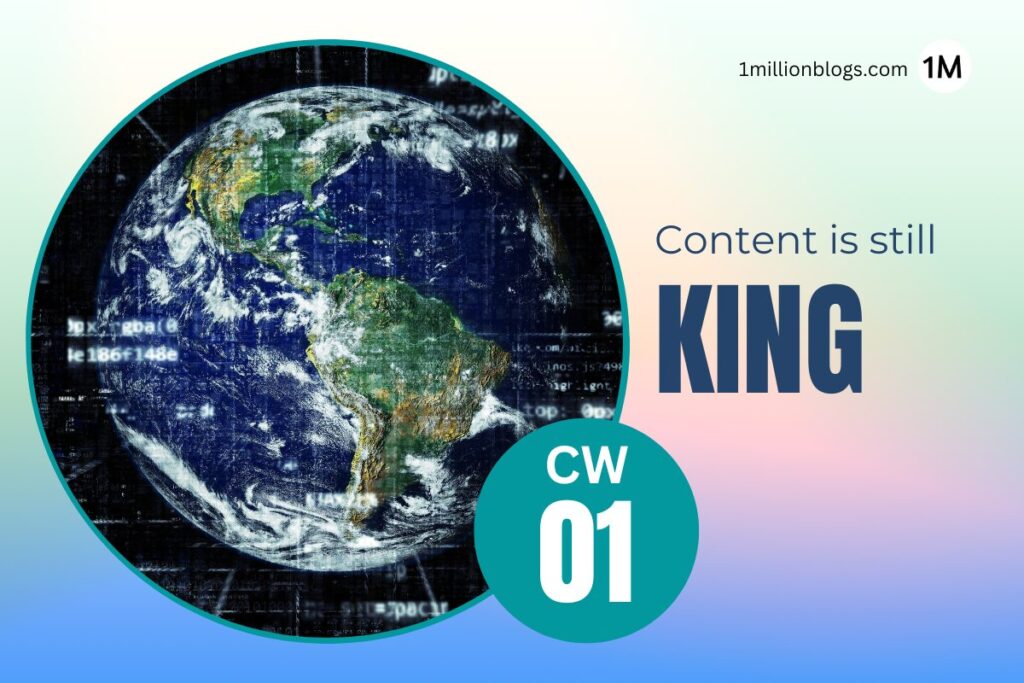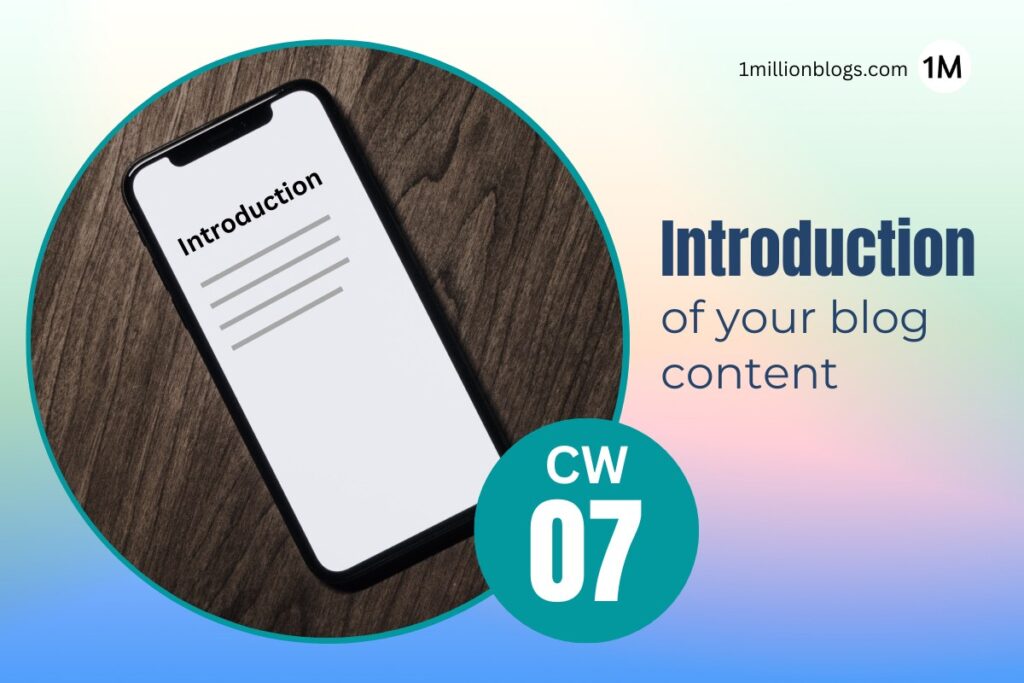A content writer need not only be good at writing texts, but also good at using the visuals and images in a way that enhances the content. Realizing the importance of images, videos, gifs, and screenshots, this lesson is specifically included in our content writing course.
We have a variety of possible visuals—images, gifs, graphics, screenshots, figures, stats, videos, infographics, illustrations, etc. These visuals are well-settled in the expectations of the readers, and clients do expect such media-rich content.
But it’s not as simple as it may sound. A wrong choice of image will adversely impact the content in the same magnitude as you were expecting it to influence the reader with the right choice. So, what are those strategies, and what are the cautions to take when using images in your content? And, where to get the best of these images or graphics for your content.
Let’s check them all, starting with their importance.
Why are images & visuals important in a blog?
If visuals don’t matter, then why do most of us want a window seat when traveling by train? Images and visuals act as breaks, re-energizing the readers to read further, much like school intervals do.
Images help to increase the reading duration, slow down the skimming of the readers, reduce bounce rates, and maximize communication. Your most beautiful sentence may not be easily discoverable in the content, but an image or any kind of visual is apparent in the first instant as it appears on the screen; hence, you can drive your reader’s attention better with these visuals.
But do not add any random image that goes against the brand, ethics, or pattern. Images aren’t something to include just for dressing up your content, but for empowering and enhancing your communication with the reader.
Most importantly, images help with Search Engine Optimization (SEO).
How?
Every image on the internet has an Alt attribute. Which allows the admin to add text, exploratory to that image. This alt text helps visually impaired readers with an explanation of the image, helps Google understand the purpose of the image, and helps the image rank in a Google Images search result.
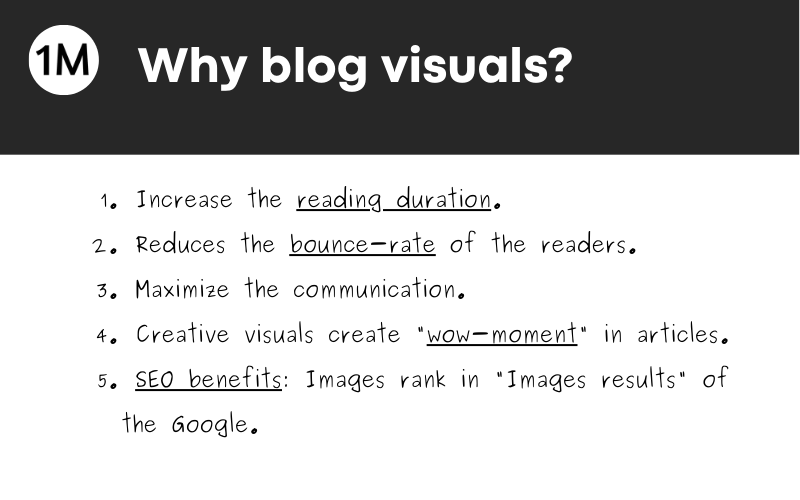
All possible blog visuals
As we have already mentioned, visuals can be in different forms, so let’s check them one by one.
1. Featured image
An image that represents the blog post, placed on the top of each blog’s content. It can be a simple stock image, an image with text on it, or a simple vector image.
As a freelance writer, you may not be responsible for creating the featured image, as that is something for the designers. However, if you are just beginning your blogging journey, you need to learn how to create your featured image using Canva, keeping a fixed pattern, dimension, and color scheme.
2. Screenshots
Screenshots are best suited for tutorial or guide content, where you are explaining some steps or processes. There are several tools available to take screenshots. For Windows users, Windows + prt sc, shortcut can take a quick screenshot. For advanced screenshots with annotations, arrows, and text, use a Chrome extension such as Nimbus or Awesome Screenshot.
3. In-blog images (from different sources)
Some images are used inside blogs under separate sub-headings. These can be your own self-captured photos or stock images downloaded from free stock image websites such as Pixabay, Pexel, Unsplash, Getty Images, Freepik, etc. Remember, such images aren’t unique as they’re open for anyone to use.
4. Illustrations
If you are good at Photoshop, you can create a vector image and use it in your blog articles. However, illustrations are mainly used by top companies that can afford a professional illustrator, and as a freelance writer, you need not worry about this for your client.
5. Embedding videos
Videos have very engaging forms or contents. And, YouTube allows any creator to embed any videos easily in blog. As a freelancer content writer, no client would expect you to create, and add video. However, you can think one step ahead, and if your client has a YouTube channel, then you can use those videos in your blog content.
6. Gifs
Gifs is an interesting form of visuals; a kind of moving image. You can get these gifs from sources like Giphy and use them in your content.

Conclusion
If images, graphics, gifs, or visuals enhance your blog’s quality and benefit you in several ways, then why stay behind in using them in your blogs? We have already discussed different forms of media you can use.
But plan your visuals. Create a pattern between your images or gifs. Also, do not cluster all images or graphics at a certain portion of your blog. Scatter them equally in your blogs.
In the next lesson, we will learn about SEO and keywords. So, stay connected with 1millionblogs.com.
